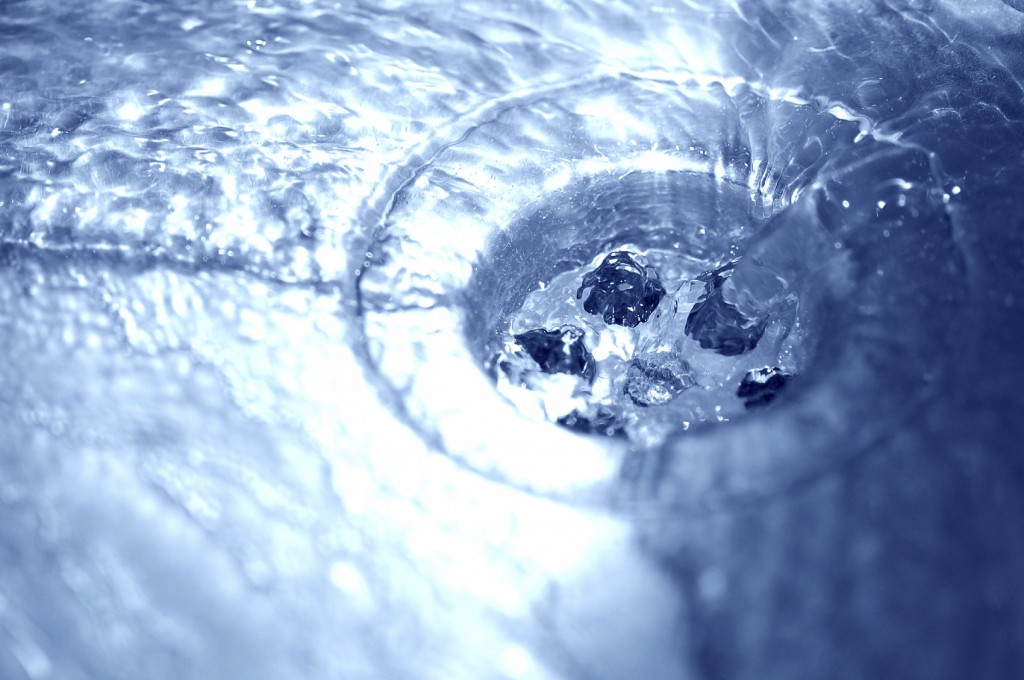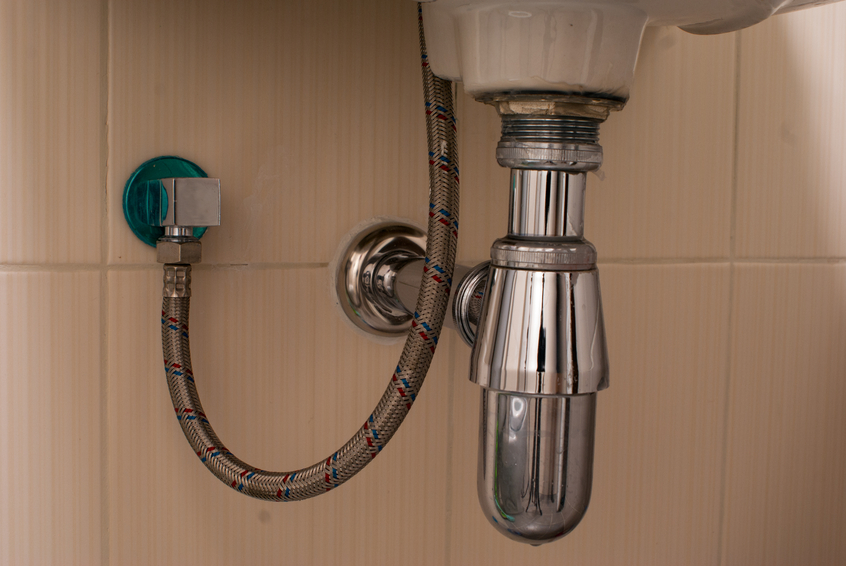Have you ever wondered how your drainage system works? Most of us only think about it when something goes wrong, but knowing exactly what goes on every time we open a tap or flush the toilet is important.
Understanding how it all works when the system is operating well can certainly help you realise if you have a problem with your drains later on, as you’ll know to look for any abnormalities. So how exactly do domestic drainage systems work?

Drains are pretty much the same anywhere – they don’t depend on pressure, as supply systems do, as gravity helps the downward flow of water and waste. The final destination for this flow is a sewage treatment facility or a septic tank. This is, of course, the overview of the system. Drains are typically more complex than this and include many different parts that work together to push water out of your home.
The Components
Your drains are split into several parts, which have different functions. While fixtures may vary slightly from system to system, identifying the main components is easy, as they’re commonly found in most, if not all, of them.
Vents are a much needed component, for instance – without the vents sticking up from the roof of your home, the air couldn’t get inside the pipes and the water wouldn’t flow.
Traps are found under the sink, and take the form of an S-shaped section of pipe. After the water flows from the basin, most of it flows down the pipes, while some remains back in the trap and helps prevent gas from the sewers from entering your home.
All drainage systems need traps, and you can often clean them by opening the clean-out plug in the pipe. Not all systems have this plug, however, meaning you’ll have to take the pipe out of the drain to clean it.

If this is the case and you need plumbing help, don’t hesitate to contact us anytime, and we’ll do our best to fix any plumbing issues. Recognising the signs of a plumbing issue is important, so feel free to send questions our way if you want to learn more about your drains!
Please contact us if you need a Derby drain inspection company.

